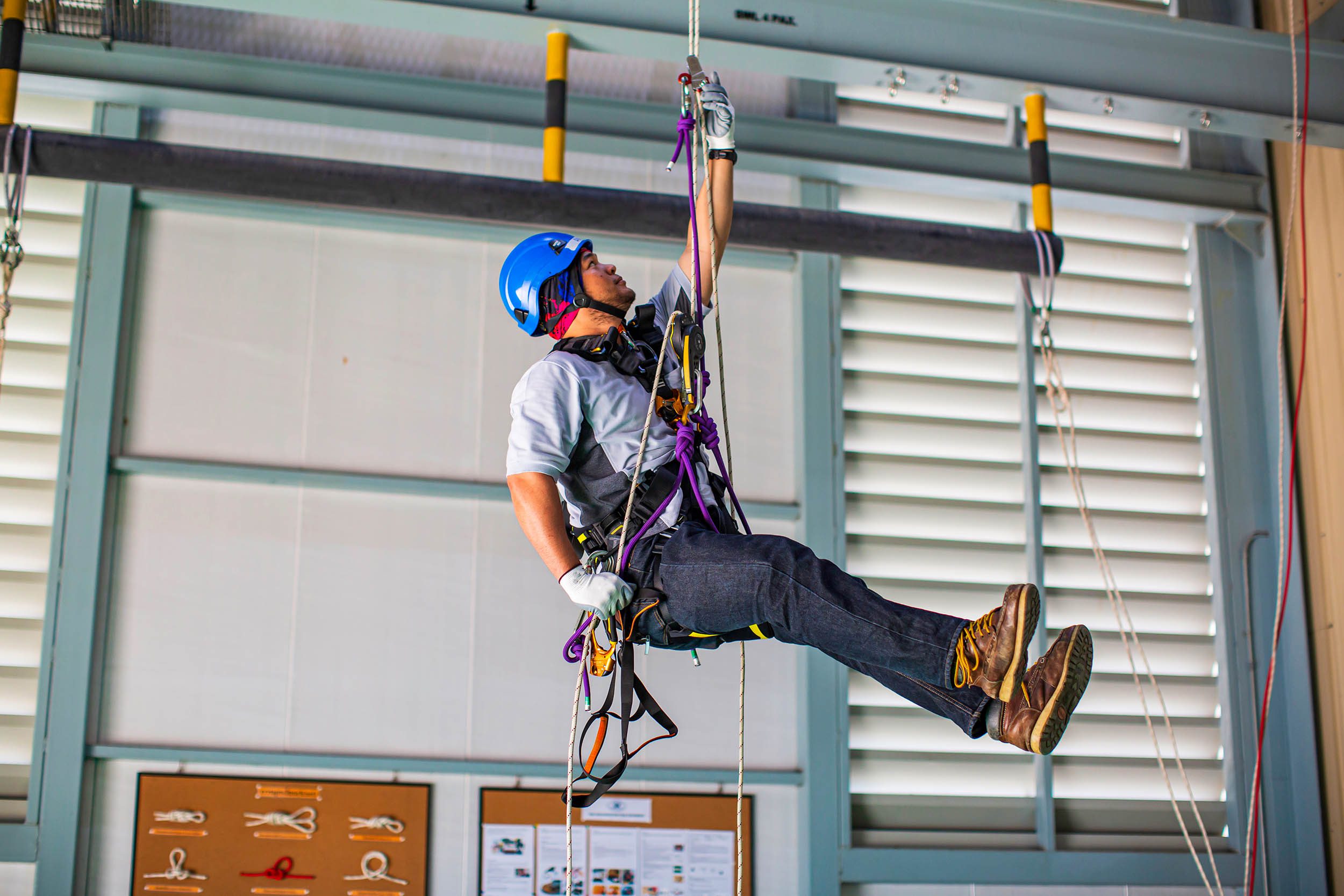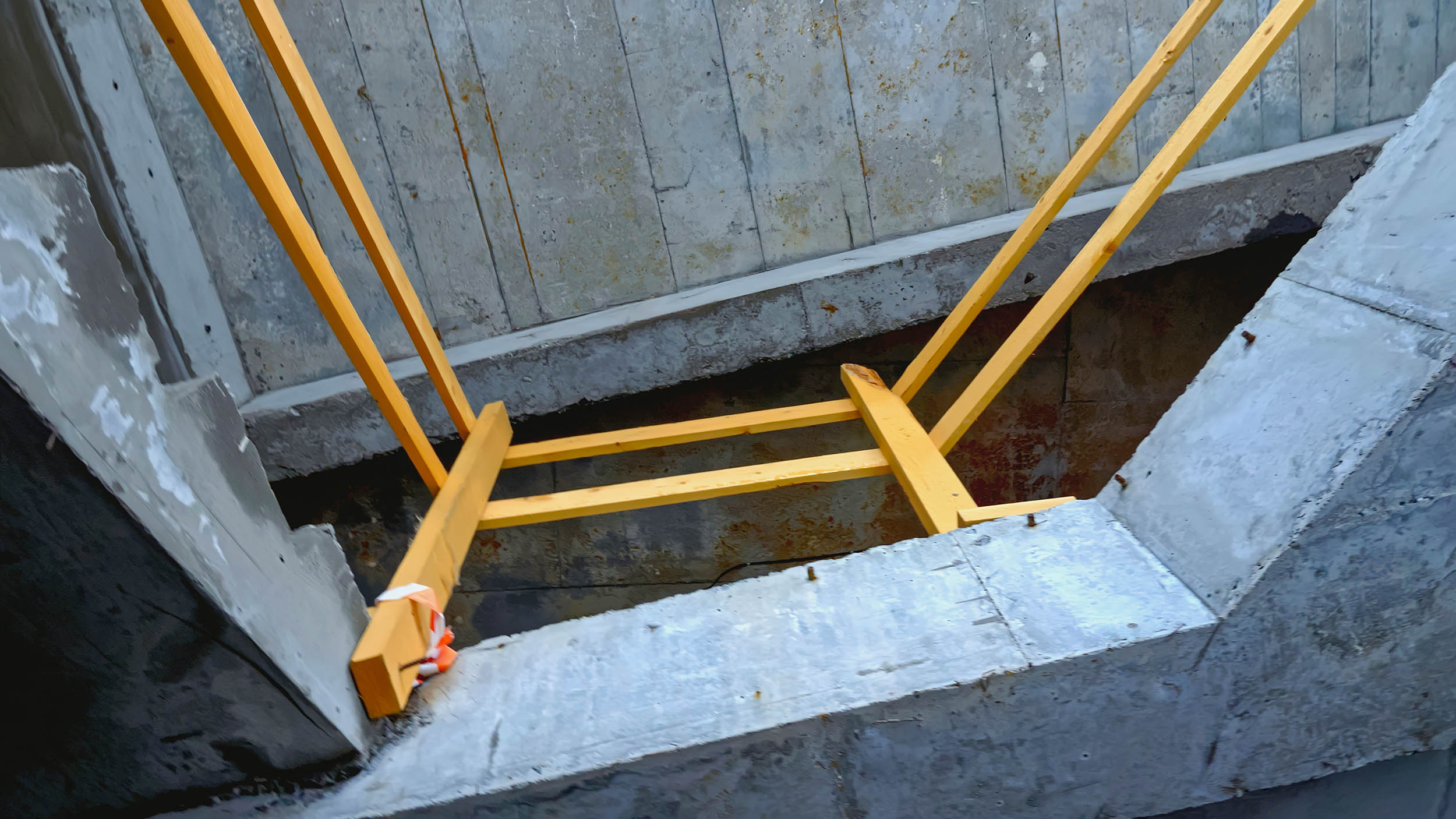Passive Fall Protection
The Benefits of Passive Fall Protection in Construction
No one wants construction accidents to happen—but they do.
The human toll of an accident is immediate and obvious. Every worker who is injured or killed is someone’s spouse, child, brother, or friend. And for the other workers on a project, losing a colleague—temporarily or permanently—can be traumatic and demoralizing.
Beyond the grief and trauma they cause, construction accidents are simply expensive. Employers may face increased insurance rates, lawsuits, fines, and even criminal prosecution. Often, they must find and train new workers, which means added costs and delays. They must also spend time and resources remedying the cause of the accident.
It’s obviously in everyone’s interests to do everything possible to prevent accidents. That begins with identifying the most common causes.
Falls are among the top four causes of construction accidents. And they are the leading cause of construction deaths, accounting for one-third jobsite fatalities.
Builders have a number of tools available to prevent and mitigate falls. Fall protection systems come in two basic types: active and passive

Active Fall Protection
This involves outfitting workers with personal protective equipment (PPE) such as body harnesses, lanyards, anchors and lifelines. These items can be very effective in preventing catastrophic falls—when properly employed.
Among the downsides of active fall protection systems:
- They require extensive training for workers to use them properly.
- Their effectiveness depends on each individual worker’s understanding and cooperation. Without 100 percent compliance, the risk of an accident escalates.
- Employers must establish rescue plans and practice them with their workers.
- PPE equipment can be expensive and must be checked and maintained regularly.

Passive Fall Protection
Often used as a secondary preventive measure, passive fall protection involves the use of stationary systems and objects to guard against falls.
The benefits of this approach are many:
- They can be relatively inexpensive compared to outfitting individual workers with PPE.
- Once established, they can often be left in place with little attention or maintenance required.
- Worker training is usually not required.
- In most cases, their effectiveness doesn’t depend on the compliance or good judgment of individual workers.
Another important benefit of employing passive fall protection is that builders can avoid unpleasant interactions with the Occupational Safety and Health Administration (OSHA). This powerful federal agency has very specific requirements for protecting worker safety and can impose hefty fines for violations: $16,131 for an initial violation, and the same amount each day after the abatement deadline. For “willful or repeated” violations, builders can be charged $161,323 per violation.
Considering all these factors, it’s in the interest of all builders to employ passive fall protection systems along with active systems.
Here are some of the passive fall protection devices available to construction companies today:

Guardrails
Any work that takes place near the edge of an elevated surface or a depressed area is potentially hazardous. Workers can be protected by placing guardrails at dangerous locations such as roofs, scaffolds, stairways, and elevated platforms. This simple, inexpensive common-sense measure has saved countless lives.
Builders today can obtain modular guardrail systems that are easily mounted, adjustable, and customizable—making them efficient and affordable. Free-standing guardrails eliminate the need for installation that penetrates a roof or other surface—which was a major objection of builders to using the older designs.

Stair Rails
More than a million people are injured each year from falls on stairs. And approximately 12,000 die each year from stairway falls. State construction guidelines typically require railings for stairways above a certain height or with a more than a certain number of steps. These rules can apply to temporary stairways used in construction as well as permanent structures.

Barricades
Taking the guardrail function a step further, construction barricades are designed to prevent people from entering dangerous areas—including places where there is a risk of falling.

Hole and opening covers
Construction sites typically have numerous openings and holes—on roofs, in floors, in skylights, or on the ground—where workers and others can be at risk of falling. The sensible remedy for this risk is to install covers on all such openings. In fact, OSHA requires this protection for openings six feet or more above lower levels. These covers can also protect people below the openings from falling objects and debris.

Netting
Workers at height can still be protected even if they fall—with personnel fall safety netting. Today’s netting can protect workers from falls as high as 30 feet, which is the maximum limit allowed by OSHA for netting below a high worksite. OSHA further requires that netting be installed “as close as practicable under the surface on which employees are working.” The netting must also extend outward a certain number of feet, depending on the height.
Netting can serve the additional function of protecting people below it from falling debris. (Some netting combines fall protection with a mesh specifically designed to catch debris.)

Passive Fall Protection for Existing Buildings
Many of these items used in the construction process are also useful as permanent features after the construction work is done, especially guardrails and stair railings. Local building codes typically have specific requirements to protect people in public buildings. The Federal Emergency Management Agency (FEMA) works with local jurisdictions to improve and implement these guidelines.
Retrofitting existing buildings with passive fall protection features is a common challenge that contractors and owners face. The main difficulties involve finding suitable, stable locations for the installation of anchor points for guardrails and other devices.
Passive Fall Protection—Always a Good Idea
Using passive fall protection systems at construction sites is not just required by law—it makes good sense from an economic perspective too. It’s an efficient way to ensure worker safety. It can also boost worker morale, which is known to affect productivity.
But more than all that—it’s just the right thing to do.



